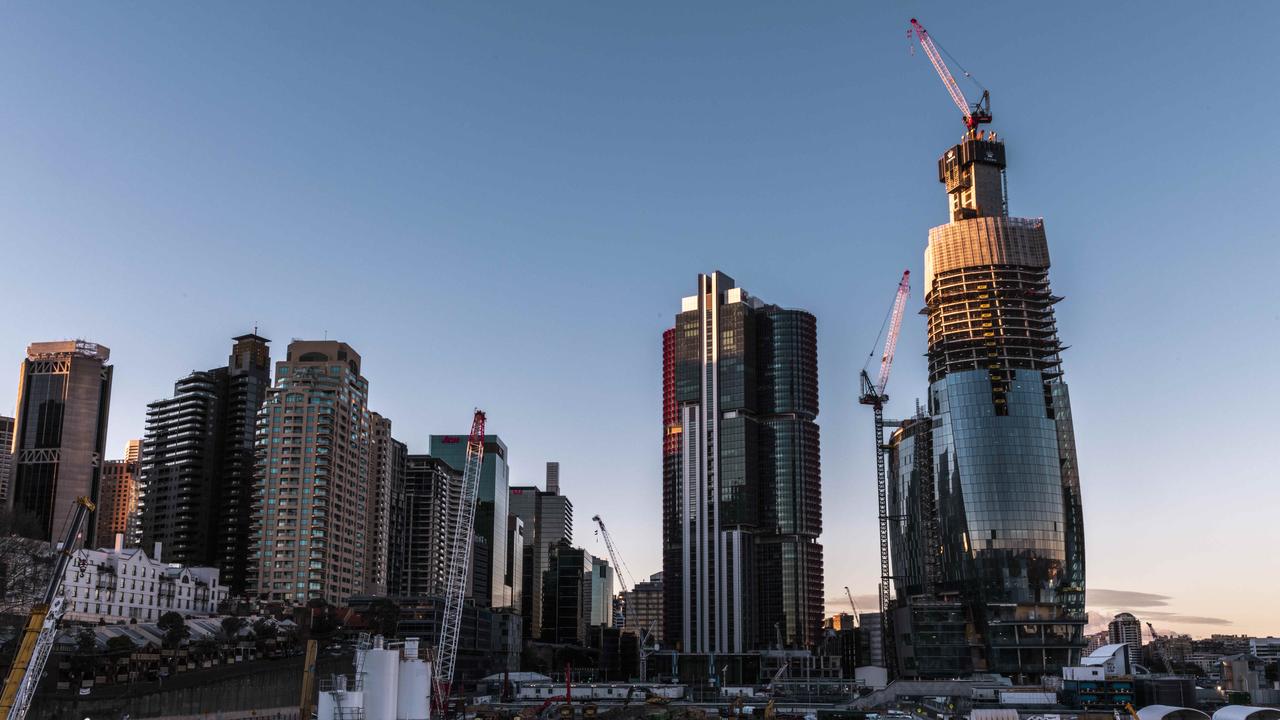Seven shocking examples of red tape in Sydney
Red tape in planning effects everyone in Sydney, from developers down to first homebuyers trying to scrape together enough cash for a unit overinflated by the need for excessive paperwork. Here’s seven ways red tape could be costing you.

1. Locals councils take up to 600 days to approve a development application.
Meriton owner and managing director Harry Triguboff said councils or the government were able to change their mind part way through an application.
“In the Gold Coast they only change their minds to make it better or to help,” he said.

“Now they have planning panels in NSW, which wastes even more time and they can change the approval after we have spent months with the council planners getting it right.
“We are complaining because it is so difficult in NSW and it shouldn’t be.
“The problems have been going on for many years but we have some very good ministers in planning and infrastructure so we hope they will stay to fix the problems.”
MORE BRADFIELD:
Why The Block team won’t film in Sydney
Our shining jewel is in need of a little polish
Chris Johnson: Let’s be a true world city
2. Residential towers in Sydney can take up to four years to get underway compared with three months in Queensland.
Urban Taskforce Australia chief executive Chris Johnson said decision-making was delegated to councils who which were “overly influenced by anti-development groups”, ensuring a go slow attitude.
“At a planning panel hearing 30 protesters get three minutes each to attack a proposal while the applicant only gets three minutes to present a complex project. The planning system is biased towards protesters.
“Councils can require up to 25 specialist reports even for a single house so the council planners don’t have to take any responsibility. This adds enormous cost to housing and adds excessive time.
“Sydney’s planning problem is that no-one represents the future population so those members of the community who don’t want change win the day every time.”
3. More than 80 reports, plans or statements can be required just to get a residential development project approved in Sydney.
Research conducted by Urban Taskforce Australia found the number of reports required could reach almost 100 when non-residential applications and support documents were involved.
“Over recent years the number of specialist reports seems to have grown dramatically,” chief executive Chris Johnson said.

“Each of these reports costs the applicant a significant amount of money which just increases the cost of housing in Sydney.
“It looks like council planners are risk averse and want expert reports on multiple areas that they can use to justify their decisions.”
4. A Two-bedroom unit in NSW costs $150,000 more than in Victoria because it is required to be 10sq m larger.
Regulation complexity in NSW is affecting the price of homes.
Chairman of the Legislative Assembly Committee on Environment and Planning James Griffin said the system could be improved by more collaboration and greater transparency.
Tabling a report into land release and housing supply in NSW, Mr Griffin said: “Demand for land and housing and for infrastructure to support communities is high.
“Our planning resources are stretched and the politics of local planning can be fractious.”
The report recommended that the planning system should be simplified and improved.
5. Restrictive zoning rules add $489,000 to the cost of the average Sydney home and $399,000 to the cost of an apartment.
The shocking effect of zoning on house prices is laid bare in a report by The Reserve Bank of Australia report.
Analysis by Ross Kendall and Peter Tulip presented a “disturbing picture of how much cost has been added to houses and apartments in Sydney”, planning experts said.

“These are massive amounts of money that are clearly impacting on housing affordability in Sydney.
“The problem seems to be most extreme in Sydney as the extra for Melbourne is $324,000 and for Brisbane $159,000.
“Clearly restrictive zoning which is driven by community concerns about change is the biggest component of Sydney’s housing affordability crisis.”
6. Councils can require up to 25 specialist reports for a single house adding to the cost of housing.
An entire industry of consultants has grown up around the requirement for expert reports that has to date proved unstoppable.
Each council issues a checklist that shows the growing number of detailed reports required by development applicants for a simple house.

Reports are now required for residential developments for soils, air quality, asbestos management, construction noise and vibration, contamination, crime risk, flora and fauna assessment, hazardous materials, heritage, tree management, water cycle and a plethora of other issues.
7. In the 1980s the consent form for a commercial office building ran to three pages — today development applications today can be 160 pages, not including support documents.
Urban Taskforce Australia chief executive Chris Johnson said the planning culture in Sydney councils was that “slow decision-making is better than fast”.
Mr Johnson said councils justified their approach by involving communities, particularly those against change.
Even if a project got through the hearing stage at council it must then negotiate with roads, transport, environmental and bush fire authorities before an outcome is known.
“The state government must take a stronger role on behalf of the future and not take the easy path of delegating to local councils who are only interested in the present with little concern for the future.
“Melbourne and Brisbane, through their state governments, have simpler and more efficient planning systems with far less red tape than Sydney has.
“We need to learn from our neighbouring cities to ensure that Sydney remains as Australia’s global city.”




